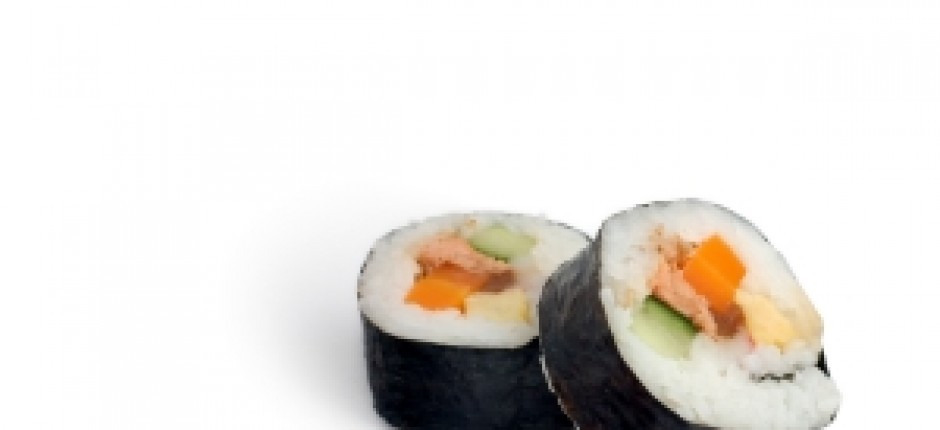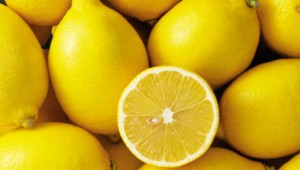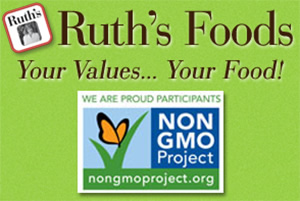Jul 26, 2013
Something Smells A Little Fishy
Do you know exactly where you get your fish from? Is it wild caught, or is it farm raised? That may be a question we ask, but there is no exact answer. Unfortunately, it's not smart to fully trust all of the labels given to you in the supermarkets. Even though it may read wild caught, supermarkets can easily label things as wild even though they are farm raised. So... what now? Here's a little information about the difference between wild caught and farm raised, and how to get around to eating the healthiest seafood.
FARM RAISED FISH
While farm raised fish are cheaper, they tend to be more prone to disease, have more toxins, artificial dyes because of their poor living and breeding conditions. These fish are crammed in tanks and controlled pens, which lead to the growth of diseases and parasites that need antibiotics and pesticides. Poor farming practices like these infect the water, causing water pollution and other impacts on the environment. LUCKILY not all fish farmers use pesticides and other nasty chemicals to manage their fish. Some farmers raise fish that without the use of antibiotics and added chemicals. Check out Whole Foods, they are known to have high quality seafood standards that is eco friendly and prohibits the use of antibiotics, growth hormones and preservatives.
WILD CAUGHT
Wild caught fish on the other hand contain more of the good stuff, omega 3 fatty acids (which is good for your heart) and are LESS prone to disease, antibiotic free, pesticides and artificial dyes. However, they do contain more mercury than farm raised and costs up to 3 to 4 times more. Misleading seafood labels are also quite common, there has been a recent salmon scandal about how 10 out of 23 salmon have been labeled wild caught when in actuality they were farm raised. The USDA federal labeling has so many loopholes to it such as:
-processed seafood is exempt, leaving more than 50% sold in the US without labels
-90% of fishsellers, such as wholesale markets are exempt,
-no enforcement mechanism exists and violators face paltry fines.
So what’s better, farm raised or wild caught? There really is no definitive answer to this since it all depends on the quality of the fish farming practices, type of fish, and the waters it came from. Luckily, the Monetary Bay Aquarium teamed up with the scientists from the Harvard School of Public Health and Environmental Defense Fund to create a helpful guide of which type of seafood is best for your health and the environment. The “Super Green List” includes:
-Albacore Tuna (troll- or pole-caught, from the U.S. or British Columbia)
-Freshwater Coho Salmon (farmed in tank systems, from the U.S.)
-Oysters (farmed)
-Pacific Sardines (wild-caught)
-Rainbow Trout (farmed)
-Salmon (wild-caught, from Alaska)
For more information go to their website here!














